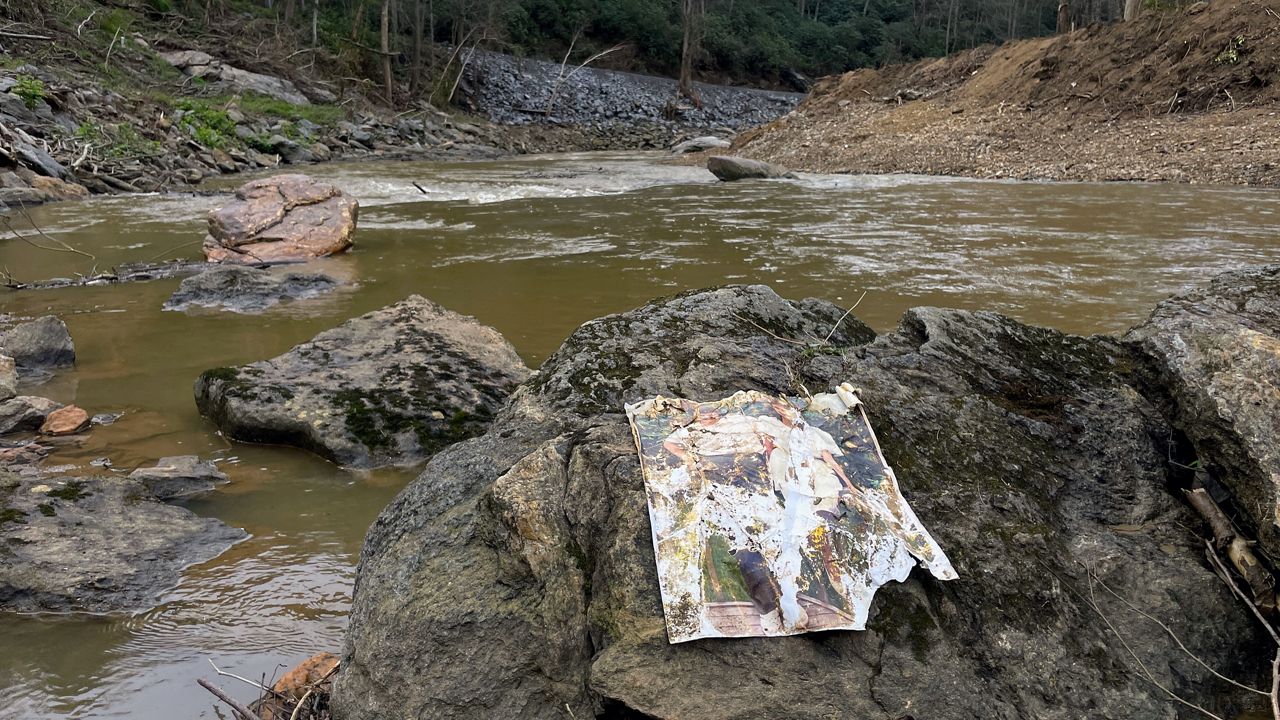CHARLOTTE, N.C. — A priceless donation during the COVID-19 pandemic has staff at the Charlotte Mecklenburg Library system looking into the past.
“This is the oldest known map of Charlotte,” said John O’Connor. O’Connor is the manager of the Robinson-Spangler Carolina Room for the library system.
O’Connor says the document, dating back to the 1800s, is the oldest-known map of Charlotte.
“Which makes this map, to me, much more a living document of the city as it grew, over decades,” O’Connor said, referencing the map’s familiar road names of Morehead, Trade and Mint.
The donation, which the library is keeping anonymous, is giving O’Connor and his colleagues the opportunity to look back at the city they call home.
“They used this map to keep track of taxes, how they were collecting taxes for different parcels of land here within the city of Charlotte,” O’Connor said.“They used this map to keep track of taxes, how they were collecting taxes for different parcels of land here within the city of Charlotte,” O’Connor said.
Commissioned in 1855, the map cost the town government about $26, according to a newspaper clipping from the same time period.
O’Connor said the map shows Charlotte at the time, but also how the city has changed in the century and a half since.
“And if you look at Stonewall, Vance and Hill street, those are all names that kind of indicate that the map might have actually came after the Civil War. Stonewall wasn’t a major name, Vance wasn’t a major name in 1855,” O’Connor said.
It offers a rare glimpse at the start of what has become a growing debate over what to do with Confederate names, as Charlotte works to remove them from city streets in the modern era.
Preserving this piece of history was another matter, as O’Connor said the library relied on experts from across the state.
“This paper underneath these frayed edges is Japanese rice paper,” O’Connor said, showing the map’s new background.
The map was in poor shape at its donation, suffering smoke and other damage. It required a careful restoration in Greensboro before it was returned to the library for private study.
He says the map can provide perspective on modern issues.
“There’s obviously a lot of debate happening about the future of I-277, its value to the community, and it's interesting to see this city once survived without such large highways on it. And, potentially what it might look like if it didn’t have something like that in the future,” O’Connor said.
O’Connor and his staff are working to digitize the map, so it can be shared online with everyone.
“Charlotte does have tons and tons of culture. And we work really hard to show that culture to the people that are moving here, as one of the fastest-growing areas. That’s really fun for me, teaching people about that,” O’Connor added. “If we are aware of how this city once was, we can make better decisions about how it’s going to grow.”
The map is being kept in an acid-free cardboard box in a temperature- and humidity-controlled archive vault. O’Connor said his team is hoping to have it digitized sometime next year.









